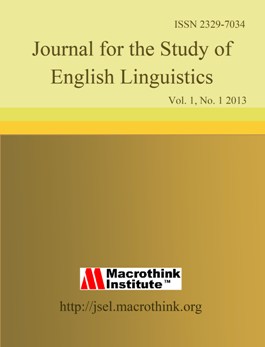Teaching Buddhist Vocabulary to the Undergraduates of the Buddhist and Pali University of Sri Lanka
DOI:
https://doi.org/10.5296/jsel.v9i1.18991%20Keywords:
Buddhist terminology, undergraduate, vocabulary, task-based, integrate, post method, eclecticAbstract
Learning Buddhist terms in English is one of the main challenges that the English medium undergraduates of the Buddhist and Pali University of Sri Lanka face. As the majority of the undergraduates start English medium education for the first time in the university they struggle a lot to learn the Buddhist terms necessary for their studies in English medium. Moreover, the students need a wide range of productive vocabulary in preaching the Buddha’s Dhamma worldwide which is one of the prime objectives of the university. Traditionally, vocabulary teaching has been paid less attention and the most common way is giving vocabulary lists for students to memorize. However, the current study as one of its objectives proves that this traditional approach to vocabulary teaching is less effective as well as less interesting. As the second objective, the study introduces a task-based integrated approach to teach Buddhist terminology. Being mixed research the study has employed instruments like vocabulary tests, questionnaires and interviews with the students as well as the lecturers in addition to classroom observation. The study finds that an integrated approach through tasks as material followed by an eclectic teaching method based on the post method is more effective than teaching through vocabulary lists.




